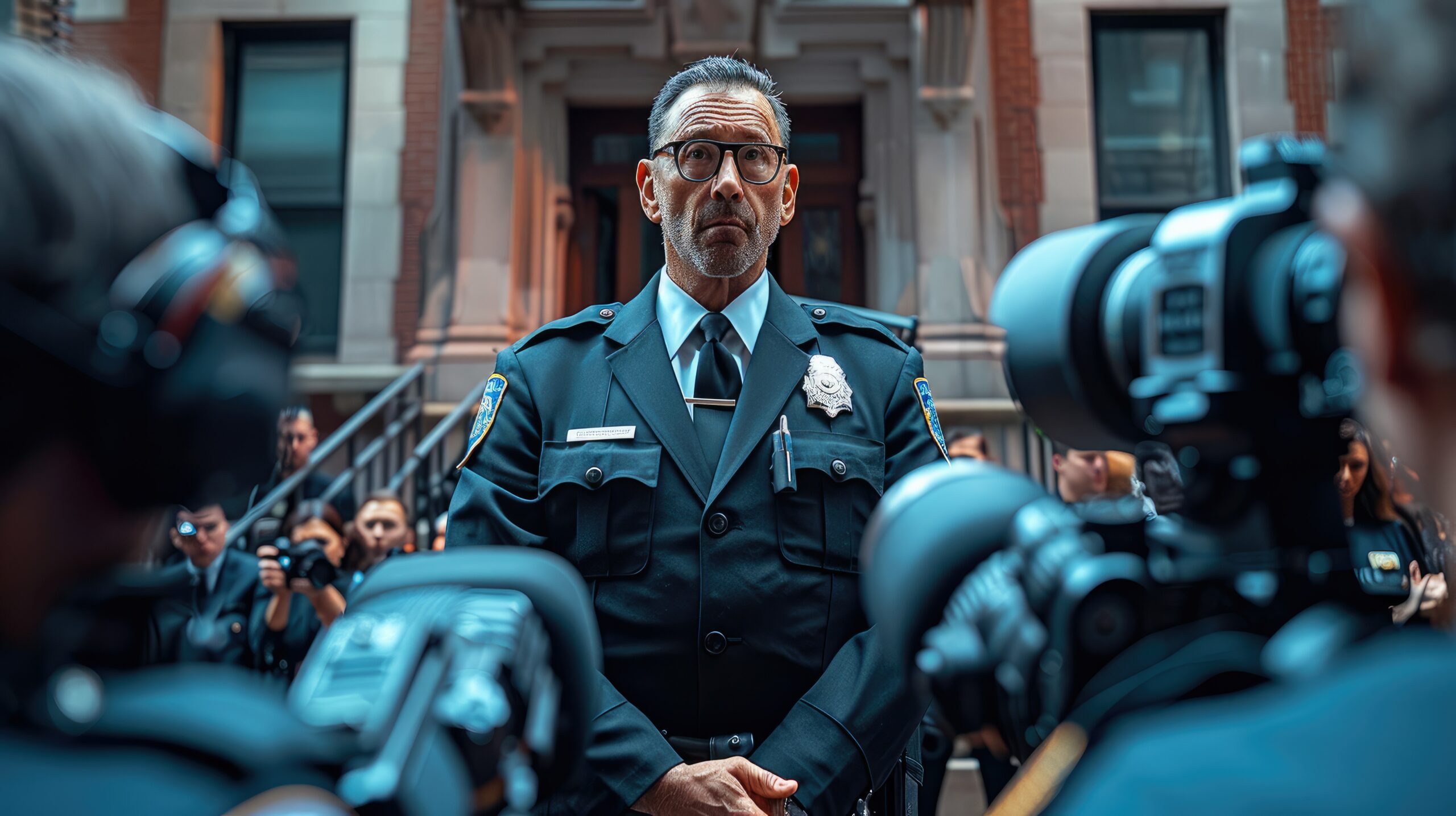Hello, I’m Andrew Smith, a retired U.S. Marshal with 25 years old diverse experience in federal law enforcement. I’ve witnessed firsthand how various leadership styles dramatically influence the effectiveness of law enforcement teams. We have all experienced leaders who could have been better and know the negative impacts that can result. In this blog, I aim to delve into the nuances of different leadership approaches and their direct impacts on operations, morale, and community relations.
The Essence of Leadership in Law Enforcement
Leadership in law enforcement is more than just managing personnel and operations; it’s about inspiring trust, enforcing justice, and guiding teams through intensely stressful situations. The style of leadership adopted can either uplift a team or hold it back, and with the stakes as high as they are in law enforcement, the ripple effects are profound.
Authoritative Leadership: Command and Control
Defining Characteristics
Traditionally, law enforcement has favored an authoritative style, characterized by clear hierarchies and a top-down approach to decision-making. This style emphasizes obedience, discipline, and the efficient execution of commands. In crisis situations, such as during an active shooter scenario, the directive nature of authoritative leadership can be incredibly effective in achieving rapid, coordinated responses.
Benefits and Drawbacks
The main advantage of this style lies in its clarity and simplicity—everyone knows their role and what is expected of them. However, its rigidity can sometimes stifle creativity and initiative among officers, potentially leading to morale issues if personnel feel they have little control over their work environment.
Participative Leadership: Encouraging Input
Defining Characteristics
Participative leadership, often seen as a contrast to the authoritative style, encourages input from all members of the team. This approach fosters a more democratic atmosphere where officers feel valued and are more engaged in their roles. As a leader who has employed this style, I found that it promotes a deeper sense of responsibility and ownership among the team.
Benefits and Drawbacks
The inclusivity of this style can significantly enhance problem-solving capabilities and innovation, as diverse ideas and perspectives are welcomed. However, in fast-paced situations where immediate action is needed, the time taken to gather input can be a drawback.
Transformational Leadership: Inspiring Change
Defining Characteristics
Transformational leaders aim to inspire and motivate, focusing on long-term goals by aligning team objectives with broader organizational values. This style is particularly effective in law enforcement for driving changes in culture, such as increasing community-oriented policing practices.
Benefits and Drawbacks
Such leaders often foster an environment of loyalty and motivation, pushing their teams to exceed expectations. The challenge, however, can be in maintaining the momentum of initial enthusiasm over the long haul, especially in the face of bureaucratic or systemic resistance.
Servant Leadership: Serving the Team
Defining Characteristics
Servant leadership flips the traditional power dynamics, focusing on the needs of the team before those of the leader. This approach can be incredibly effective in law enforcement contexts where trust and respect are paramount for operational success.
Benefits and Drawbacks
By prioritizing the welfare and development of team members, servant leaders can build strong, resilient teams ready to face the pressures of law enforcement work. The potential downside is that this style may sometimes lack the assertiveness needed to make tough decisions quickly.
The Ideal Approach: A Blended Style
My Perspective
Drawing from my experience, I advocate for a blended approach to leadership in law enforcement. This approach recognizes the value in each style and adapts according to the situation at hand. For instance, employing an authoritative style during critical incidents for swift action, while fostering a participative or servant leadership style during routine operations to encourage team development and innovation.
Conclusion: Adapting to the Needs of Law Enforcement
Effective leadership in law enforcement is not about sticking to one style but rather about being adaptable and recognizing the needs of the situation and the team. As leaders, our challenge is to continuously evaluate and adapt our approaches to serve our communities better and lead our teams more effectively. It is this adaptability that ultimately enhances our effectiveness, allowing us to meet the complex demands of modern law enforcement with resilience and integrity.
